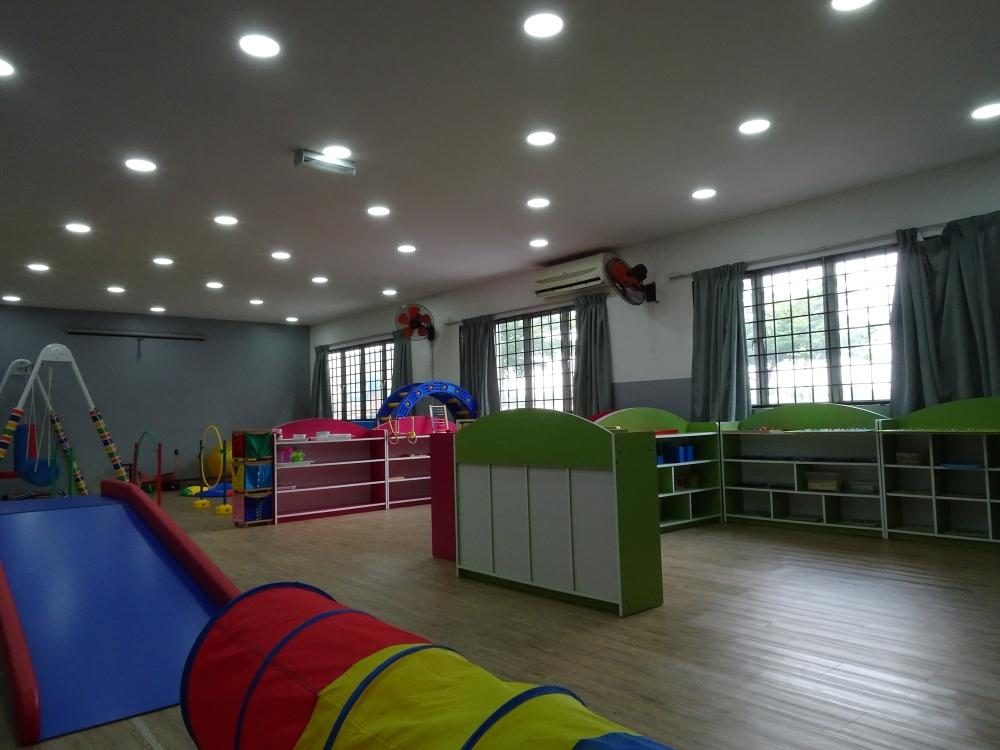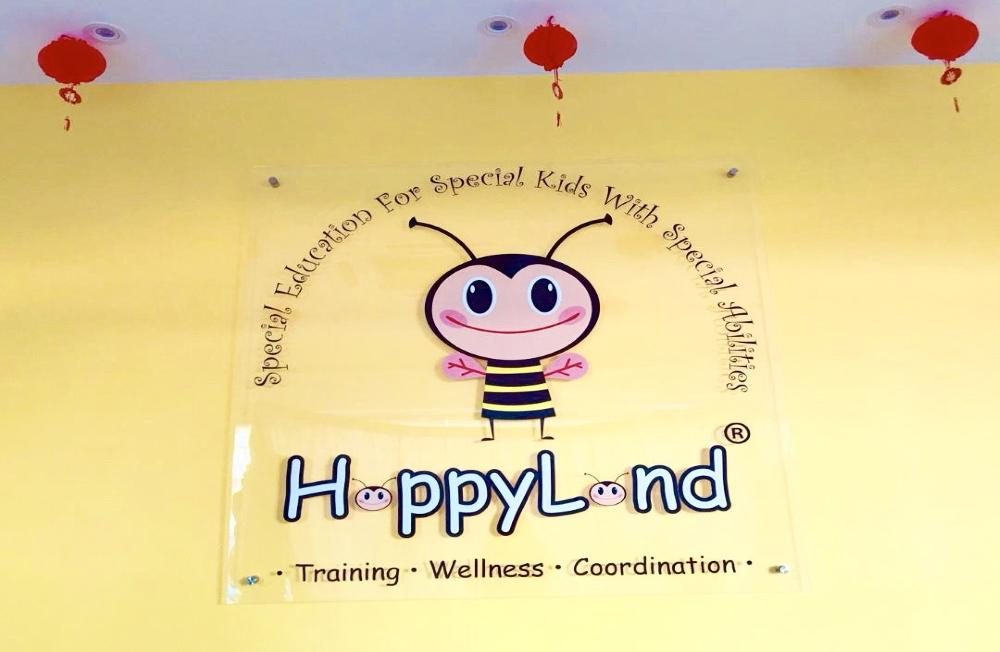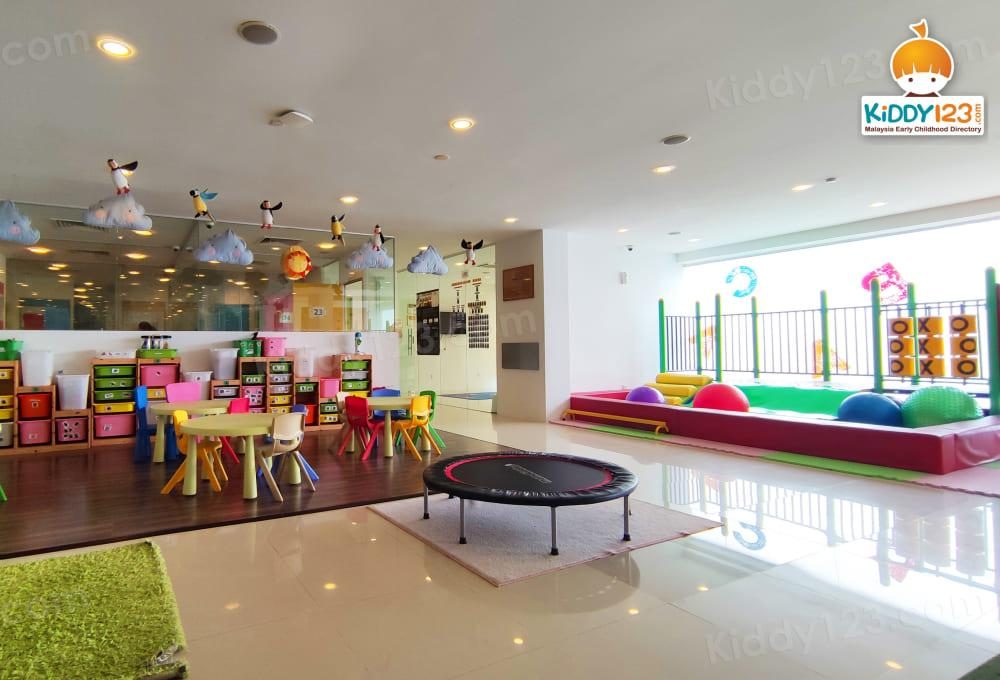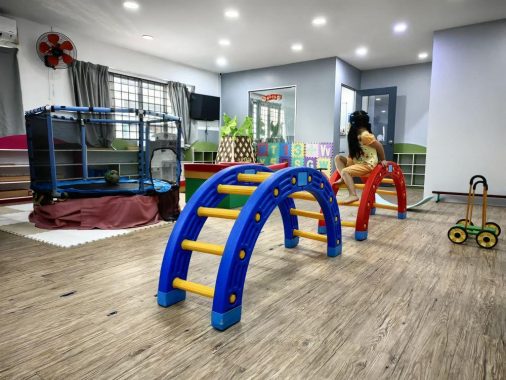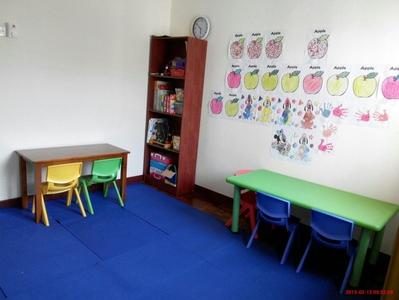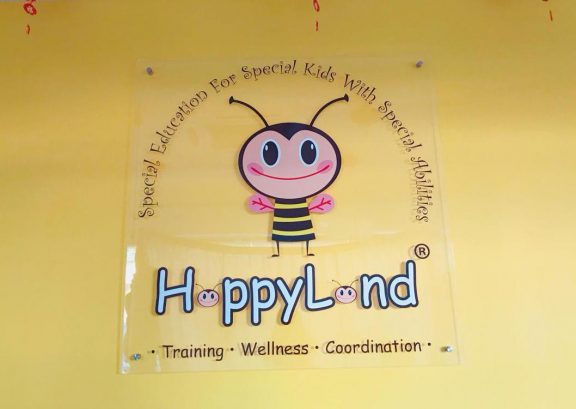Does Your Child Have Sensory Processing Disorder (SPD)?
by on 05/07/2025 ...
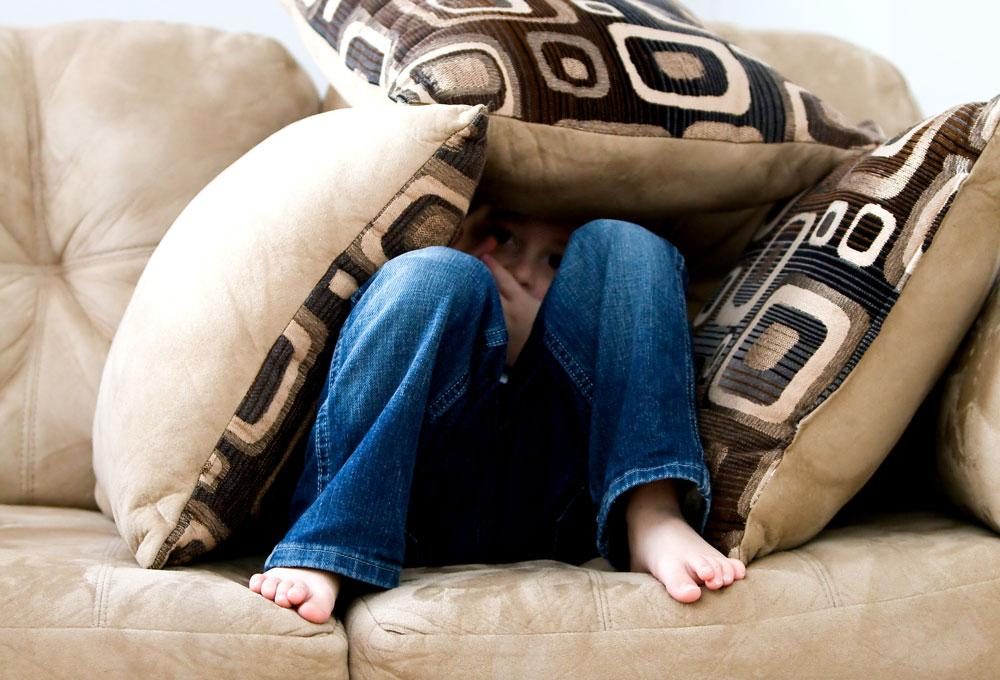
Sensory Processing Disorder (SPD) is a neurological condition that affects how a child perceives and responds to sensory information. This could show up in many different ways. For example, a child with this disorder may find activities like tooth-brushing or being hugged extremely uncomfortable.
Kids with SPD can either be over-responsive, or under-responsive to stimuli. An over-responsive child could find “normal” sounds overwhelming—while an under-responsive child may not react to pain, extreme heat, or cold.
SPD is a common disorder, but it isn’t very well understood. Some health professionals think it should not exist as a separate disorder, rather as a symptom of other conditions such as autism spectrum disorder and ADHD. Others believe it should be considered an official medical diagnosis.
Causes of Sensory Processing Disorder
The precise cause of SPD is not yet known. Some studies have suggested that this condition is genetic, meaning that it could run in families. There are doctors who believe there’s a connection between autism and SPD.
Symptoms of Sensory Processing Disorder
SPD can affect only one sense, like touch or sight, or it can affect multiple senses. Kids with this disorder can be oversensitive or under-sensitive to sensory input, or experience a mixture of the two.
|
Signs of an over-responsive child: |
|---|
|
|
Signs of an under-responsive child: |
|---|
|
Children are more likely to have SPD than adults, although adults are more able to hide their symptoms from other people.
Treatment for Sensory Processing Disorder
There are a few different therapies available for children who have SPD:
|
Sensory integration therapy (SI) |
|
Sensory integration therapy is a form of occupational therapy. It uses play activities to teach kids coping skills which help them deal with everyday stimuli. |
|
Occupational therapy |
|
Kids who have SPD may need help with their physical movements, as they could be clumsy or lack balance. Occupational therapy can develop kids’ fine and gross motor skills, such as walking up or down stairs and handling utensils |
|
Sensory diet |
|
A sensory diet is not a food diet! It is a series of physical activities that kids with SPD can do at home, to help them with their sensory processing issues. An occupational therapist can help plan a sensory diet for a child, based on his or her individual needs. |
Want to learn more about sensory integration in preschool-aged kids? Click here.
Contact: Autism Behavioral Center (ABC), Bangsar, Kuala Lumpur

















